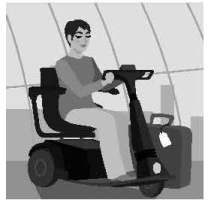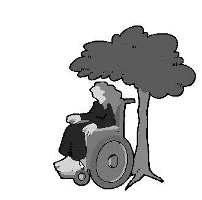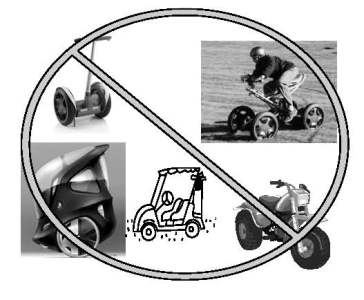


Effective March 15, 2011, the federal Department of Justice has amended its regulation implementing Title II and Title III of the 1990 Americans with Disabilities Act (ADA). Title II applies to State and local governments and Title III applies to entities under private funding that are open to the public and are considered public accommodations.
This rule requires that the entity (Regional Parks) shall make reasonable modifications in its policies, practices or procedures to permit the use of other power-driven mobility devices (OPDMD) by individuals with mobility disabilities, unless the public entity can demonstrate that the class of OPDMD cannot be operated in accordance with legitimate safety requirements that the public entity has adopted based on actual risks, not on mere speculation, stereotypes or generalizations about individuals with disabilities.
The Regional Parks Department welcomes all visitors and has taken steps to ensure that park facilities are ADA compliant:
-
Wheelchairs and motorized wheelchairs are allowed on all Regional Parks bikes trails and pedestrian trails.
 Definition of wheelchair
Definition of wheelchair - There is a disabled accessible dock at William B. Pond Recreation Area along the American River Parkway.
- There is disabled parking spaces available at all County Regional Parks vehicle parking areas.
- All restrooms located within County Regional Parks are ADA complaint.
- All indoor facilities located within County Regional Parks are ADA compliant.
The following five assessment factors identified by DOJ are being cited by Regional Parks to continue the prohibition against motorized vehicles on the bike trail.
-
The type, size, weight, dimensions and speed of the device;
- The volume of pedestrian traffic (which may vary at different times of the day. week, month or year).
- The design and operational characteristics (e.g. whether the service, program or activity is conducted indoors, its square footage, the density and placement of stationary devices, and the availability of storage for the device, if requested by the user);
- Whether legitimate safety requirements can be established to permit the safe operation of the other power-driven mobility device in the specific facility; and
- Whether the use of the other power-driven mobility device creates a substantial risk of serious harm to the immediate environment or natural of cultural resources, or poses a conflict with Federal land management laws and regulations.
The American River Parkway Plan, the governing document for the American River Parkway, and Sacramento County ordinances, do not allow for any motorized vehicles to operate on the Jedidiah Smith Memorial Bike Trail. The Regional Parks Department has determined that it cannot allow OPDMD devices on the trail.
 Definition of an OPDMD device.
Definition of an OPDMD device.
Regional Parks is citing the following factors:
-
There is no specified speed limits mentioned in these regulations for the OPDMD, and there is a speed limit on the Parkway that all users are expected to adhere to.
- There is no specified width information mentioned in these regulations for the OPDMD, which can become hazardous for other trail users during peak trail times.
- Because the bike trail has no curbs or other barriers to prevent a OPDMD from leaving the trail, an off-trail OPDMD could significantly damages sensitive cultural and habitat areas along the Parkway, including special habitat restoration areas.
- The lack of barriers also does not allow people using OPDMD to turn around safely.
- All mechanized traffic on the Parkway has been prohibited since the implementation of the American River Parkway Plan, originally implemented in 1985.
Permitted Devices


OPDMD - Prohibited Items

